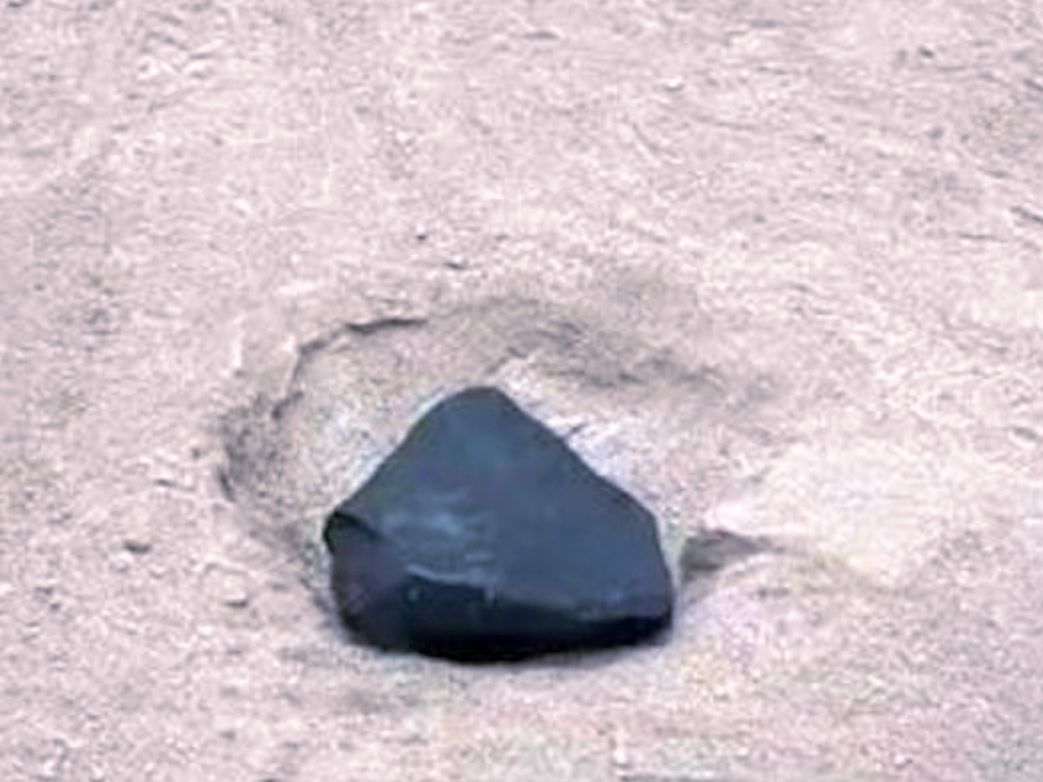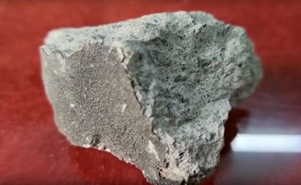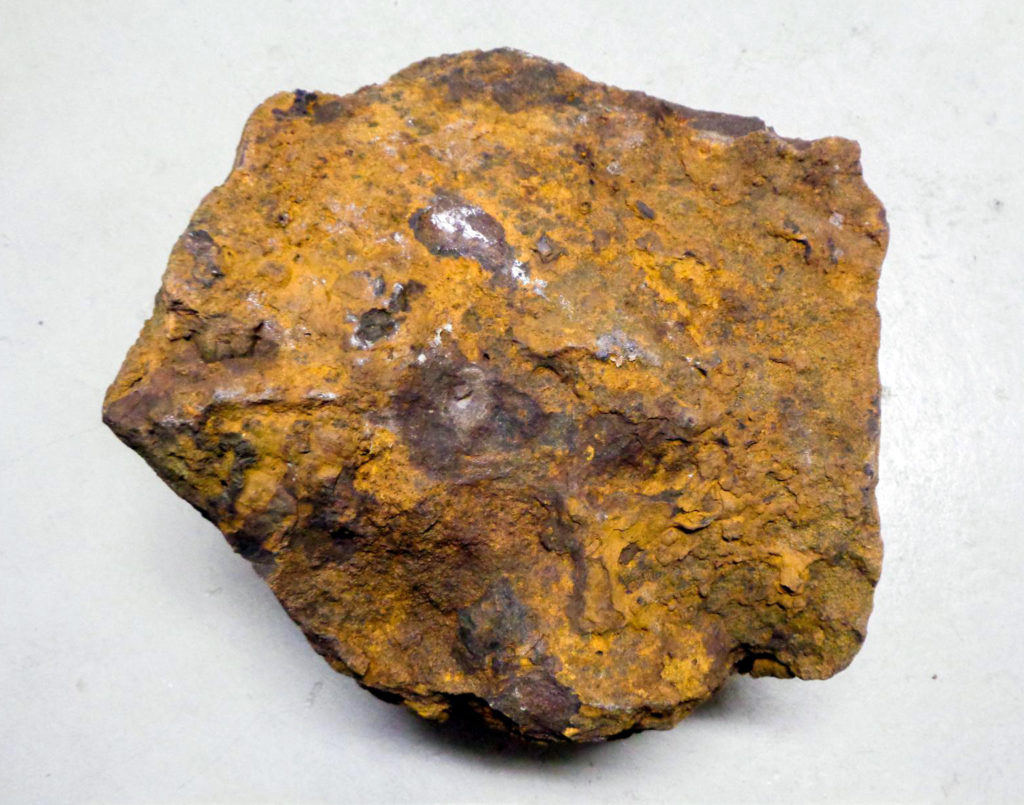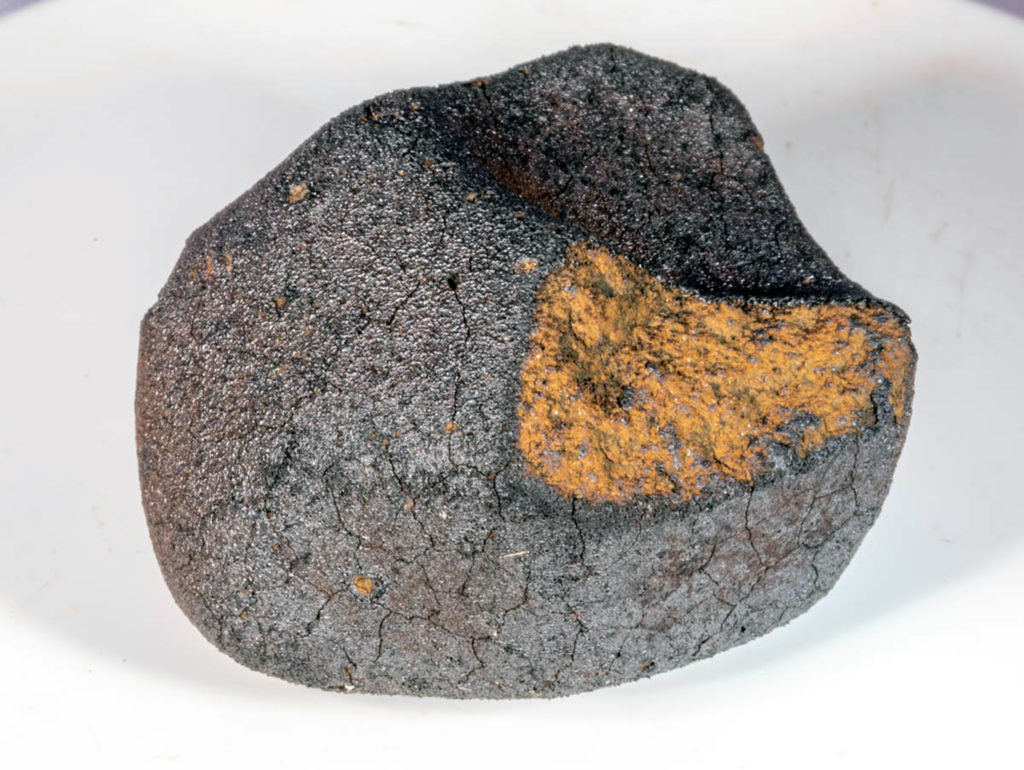Petrogenesis of the Rantila meteorite fall and implications for the origin of aubrites
Yash Srivastava, Amit Basu Sarbadhikari, Varsha M. Nair, Avadh Kumar, Yogita Kadlag, Ramakant R. Mahajan, Neeraj Srivastava, Neha Panwar, Aditya Das, Ryoji Tanaka, James M. D. Day, Anil D. Shukla, Dwijesh Ray, Abhishek J. Verma, Alka Rani, Garima Arora, Dipak K. Panda, S. Vijayan, Anil Bhardwaj
MAPS, Version of Record online: 21 April 2025
“Aubrites are rare meteorites from highly reduced differentiated parent bodies. The Rantila meteorite was recovered soon after falling on 17 August 2022 at Rantila and Ravel villages in Gujarat state, India. We report the petrography, mineralogy, chemical composition, oxygen- and chromium-isotope compositions, along with reflectance spectroscopy, all showing that Rantila is an aubrite. Coarse enstatite and diopside grains constitute the main mass of Rantila, while mm-wide fracture domains pervade the coarse enstatites. In the fractures, comminuted enstatite, diopside blebs, olivine, a plagioclase–silica assemblage, sulfides, and metals occur. Rantila consists of enstatite (>85 vol%), diopside (~8 vol%), forsterite, albite, and silica along with various sulfides and Fe-Ni alloys. The concentration of rare earth elements is ~1–2 × CI, consistent with main group aubrites. Noble gas and nitrogen isotopic analyses reveal young exposure ages (13.81 ± 6.47 Ma), a heterogeneous nitrogen isotopic composition, and a major K-Ar resetting event around 3.2 ± 0.4 Ga in the parent body of Rantila. The bulk oxygen isotope values are within the range of aubrites. The chromium isotopic values of Rantila are consistent with main group aubrites. The mineral assemblages, texture, and crystallization modeling suggest that Rantila had an igneous origin. The mineral assemblages in fractures indicate the involvement of external melt possibly during an impact-fracturing event, which aligns well with the heterogeneous N isotopic composition. Additionally, Rantila shows a wider range of oxygen isotopes than other aubrites suggesting some extent of O isotopic heterogeneity, likely stemming from exogenous processes. The variation in intra-sample bulk O and N isotope values implies inherent heterogeneity within the main group aubrites, potentially caused by late-stage impact contamination.”
































